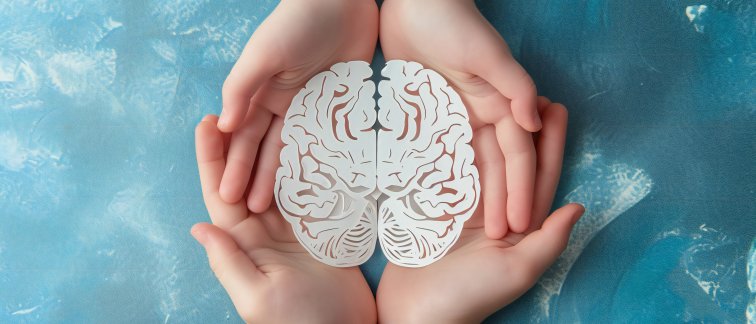The brains of children and adolescents with antisocial behavior disorder are different. This was revealed by the largest study on this disorder to date. Lucres Nauta-Jansen, Research Associate in Mental Health, comments on this in Trouw.
Children and teenagers can be unresponsive, which we know is part of their development. In 3% of cases, this antisocial behavior escalates, resulting in prolonged aggressive behavior. This antisocial behavior disorder is also known as conduct disorder (CD). The largest study on this disorder to date found through MRI scans that the brains of children with CD differ.
Nauta-Jansen was not directly involved in this study but did participate in one of the fifteen studies. She notes in Trouw that this research was conducted on such a large group, and it is fantastic that the finding that specific parts of the brain are smaller in participants with a behavioral disorder has now been confirmed with so much more data. Additionally, she explains that the reduction in brain regions can vary per individual, which may reflect the diversity within the group with this behavior disorder. She points out two new insights that contradict long-standing beliefs: this study shows no significant difference in brain structure between boys and girls, and between participants who develop behavioral problems at a young age or during adolescence.
The link between brain structure and behavioral problems in CD is now clear, but to answer the question of cause and effect, according to Nauta-Jansen in Trouw, we need to study children more frequently and over longer periods during their development to see when and why these brain changes occur.
Read the full article from Trouw (via Nexis Newsdesk on Amsterdam UMC intranet, in Dutch).

